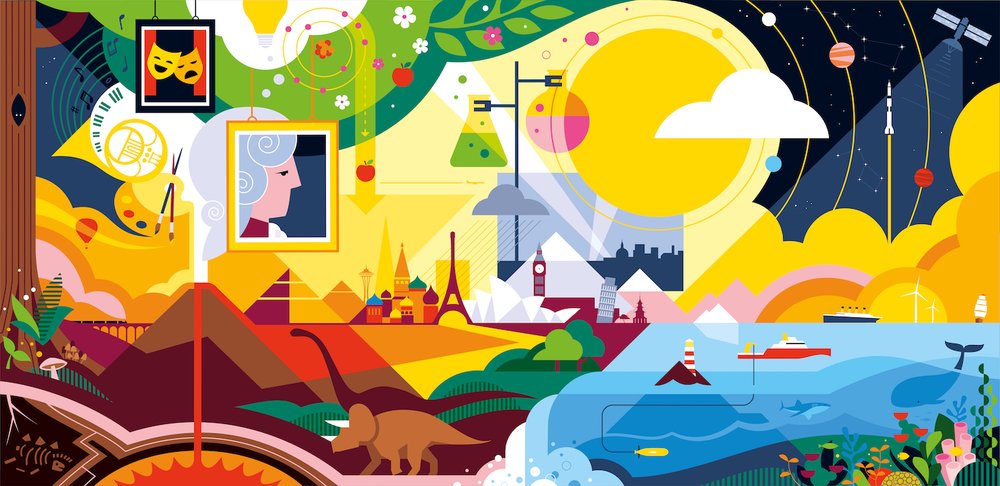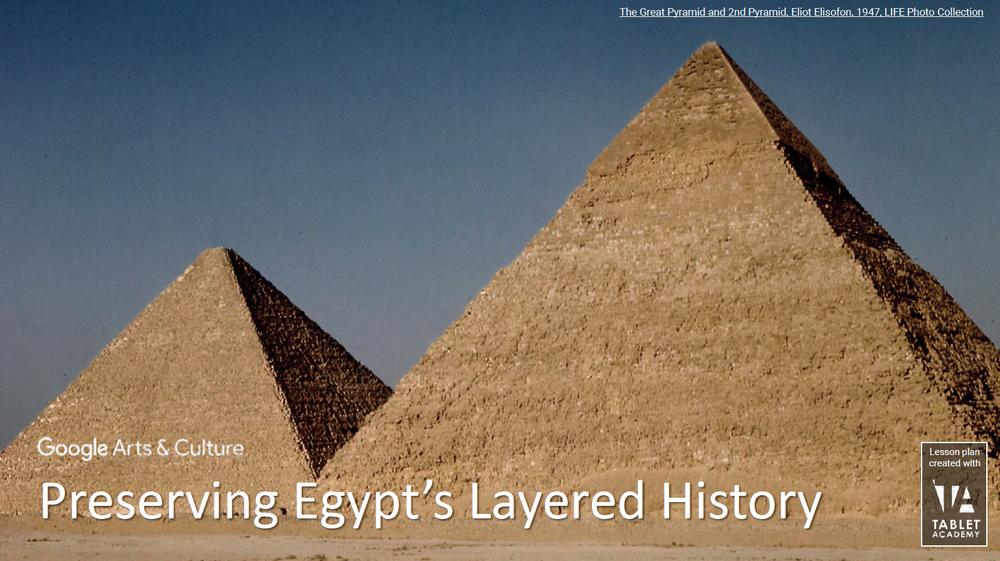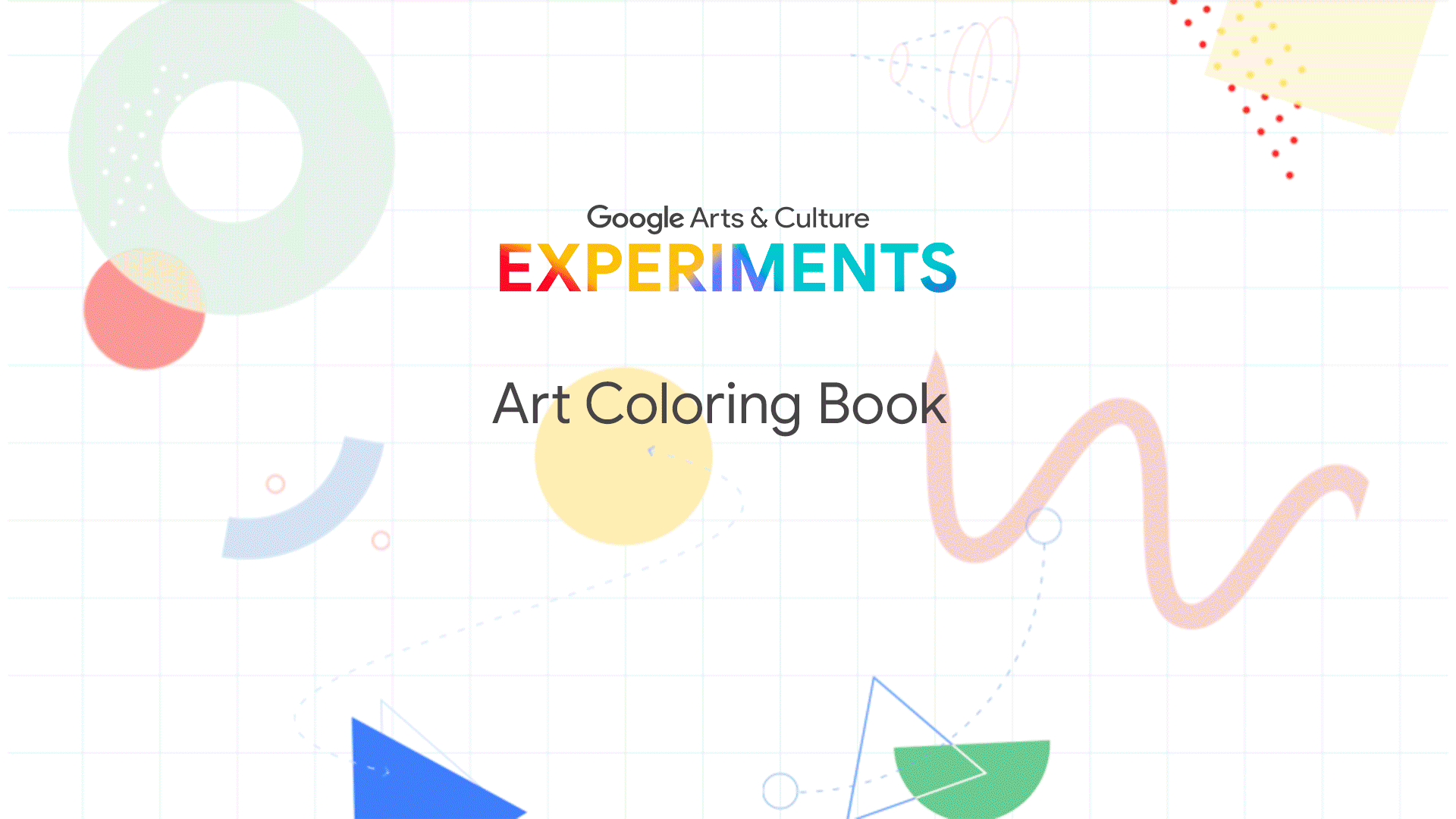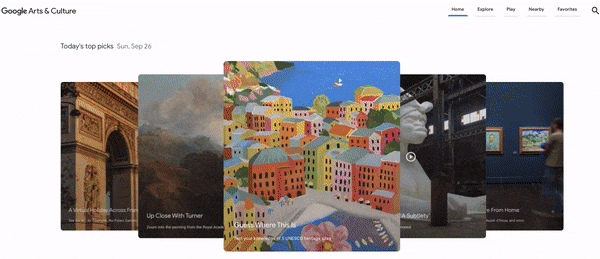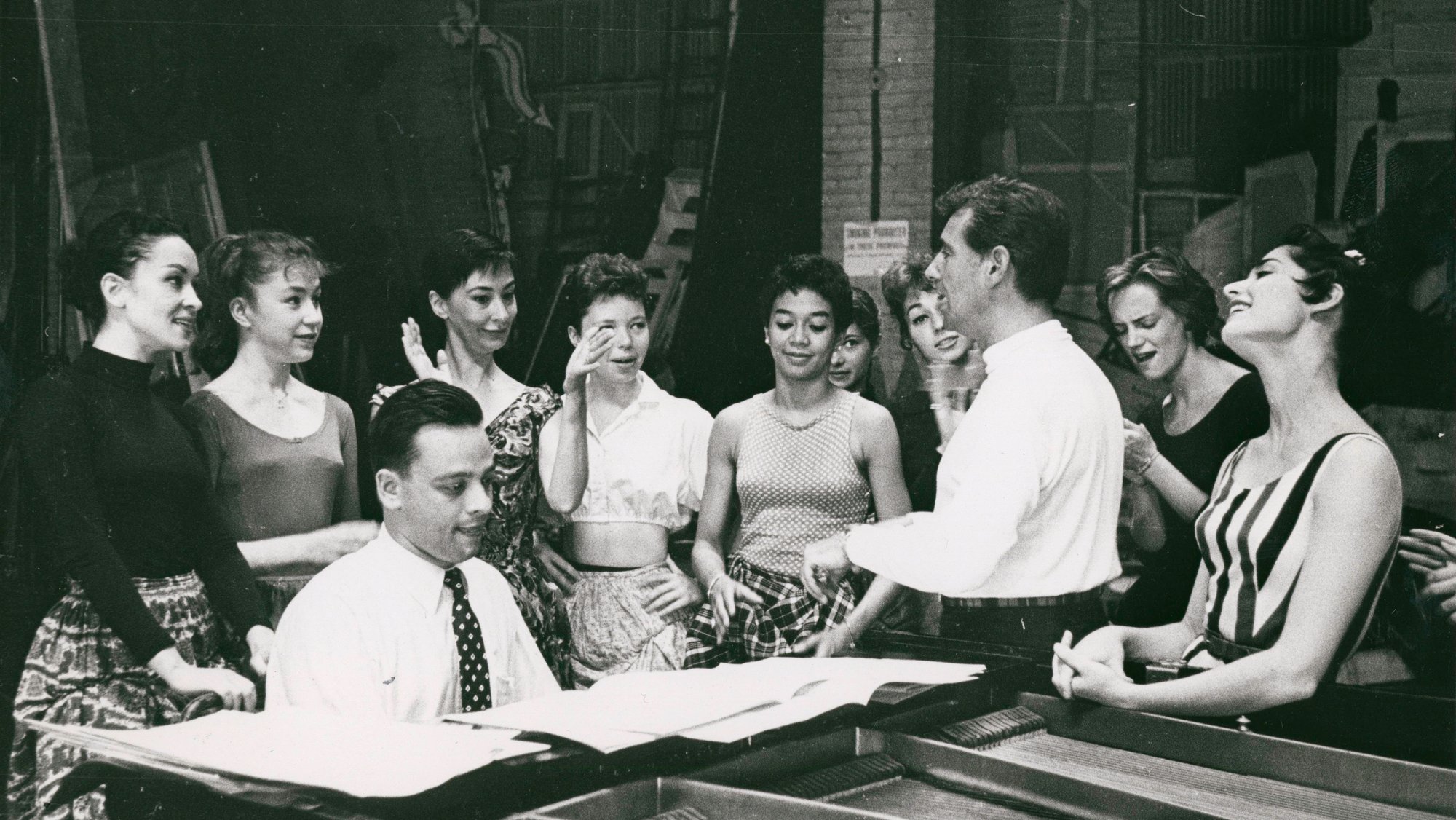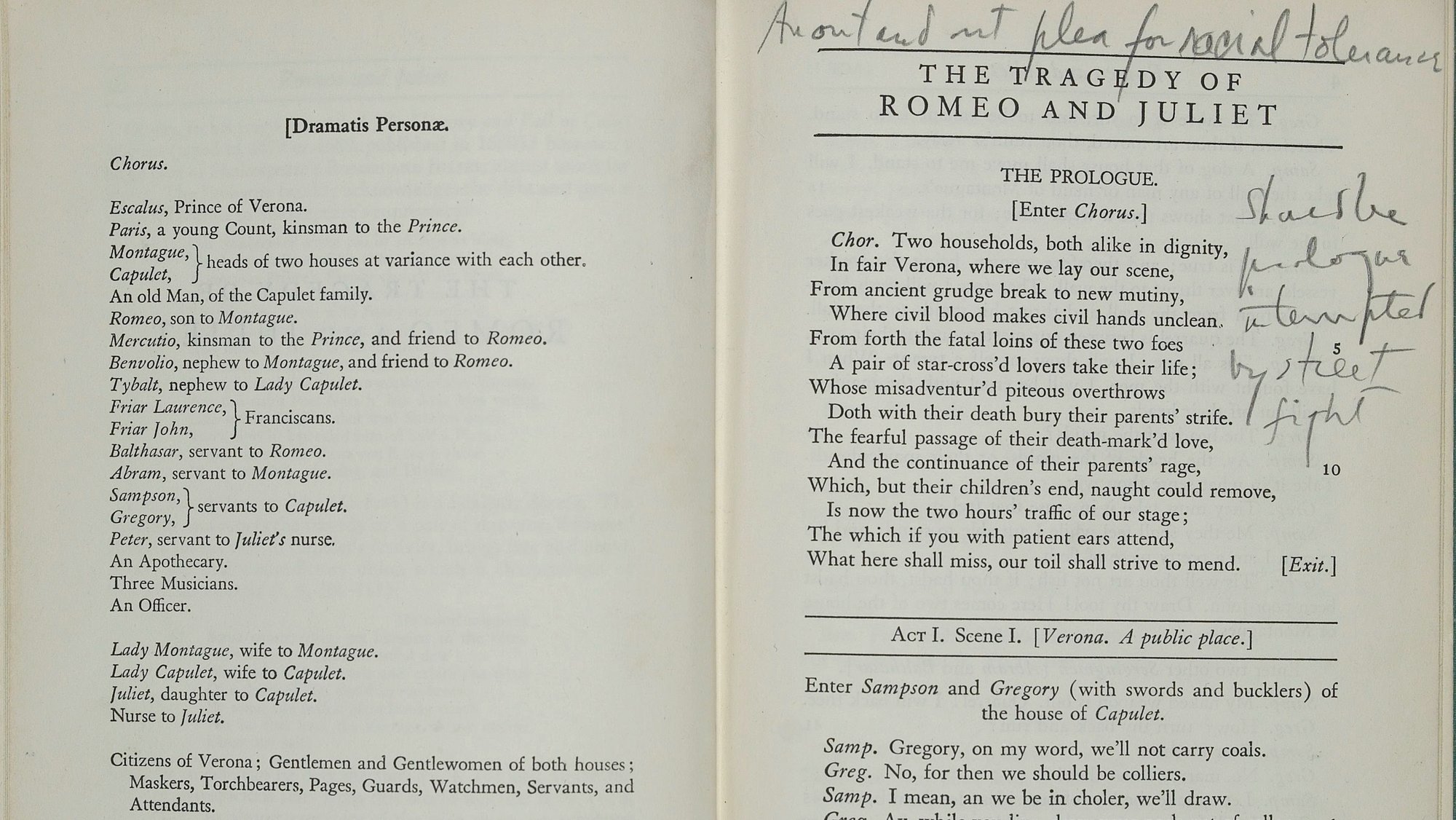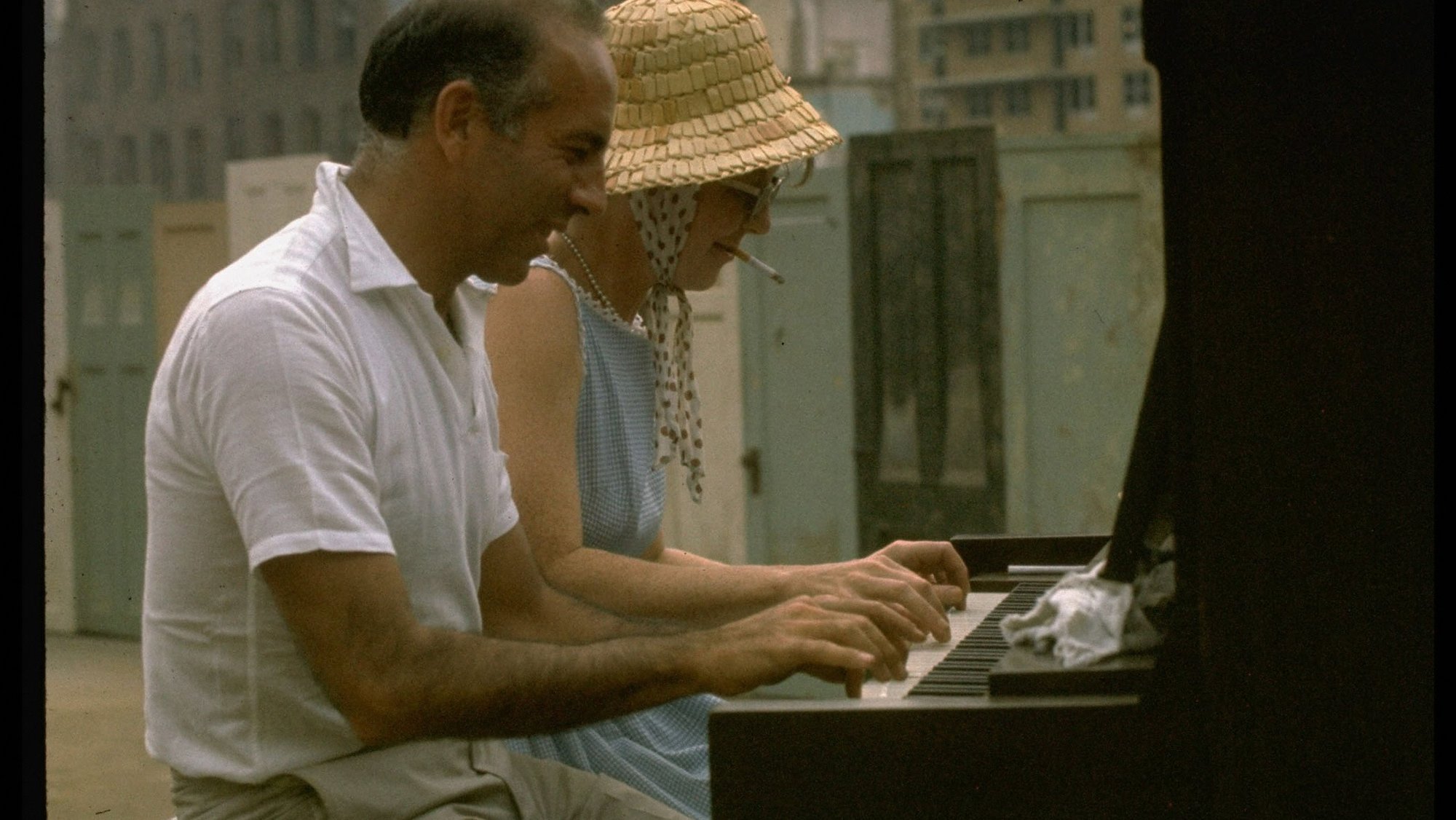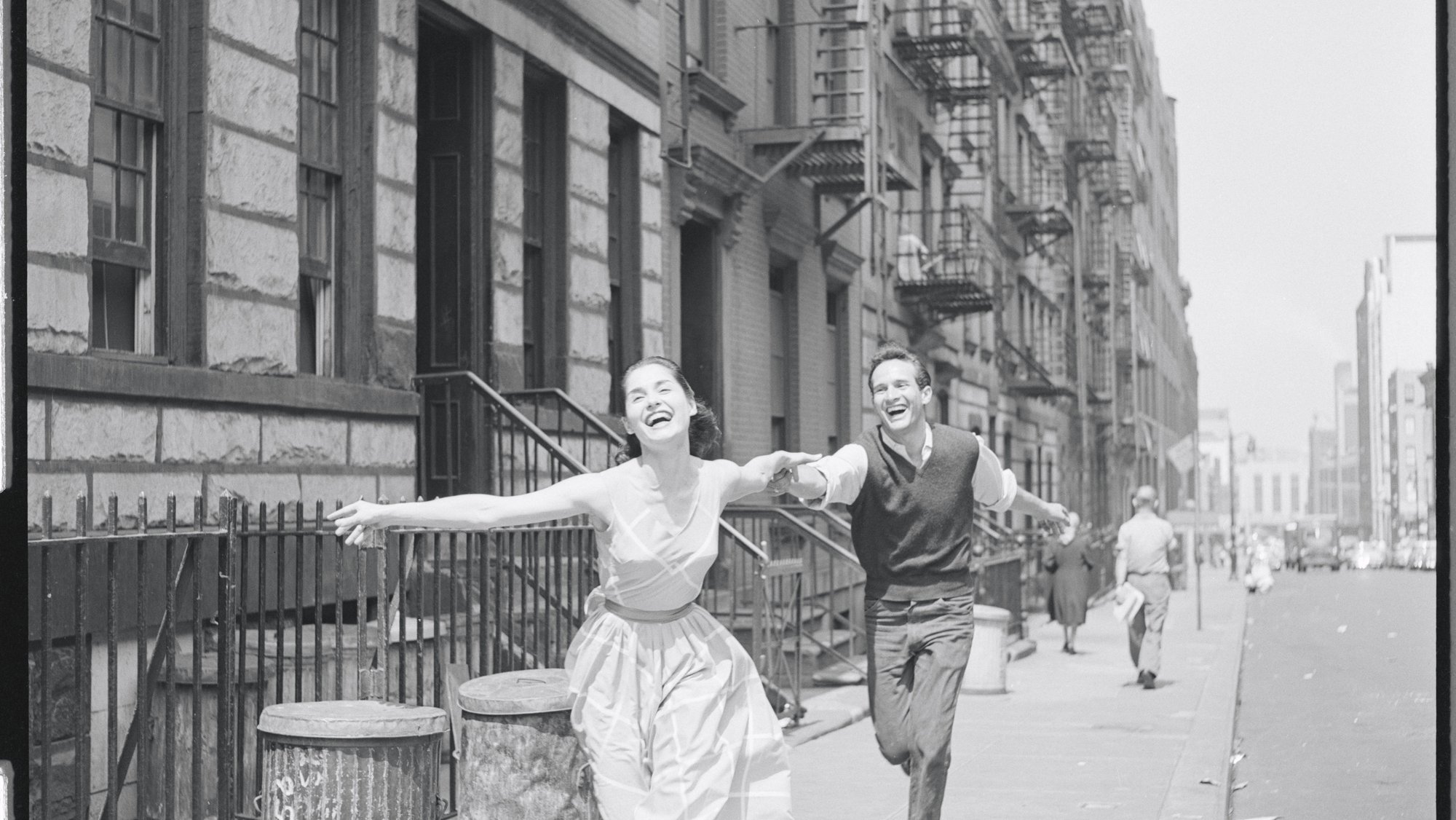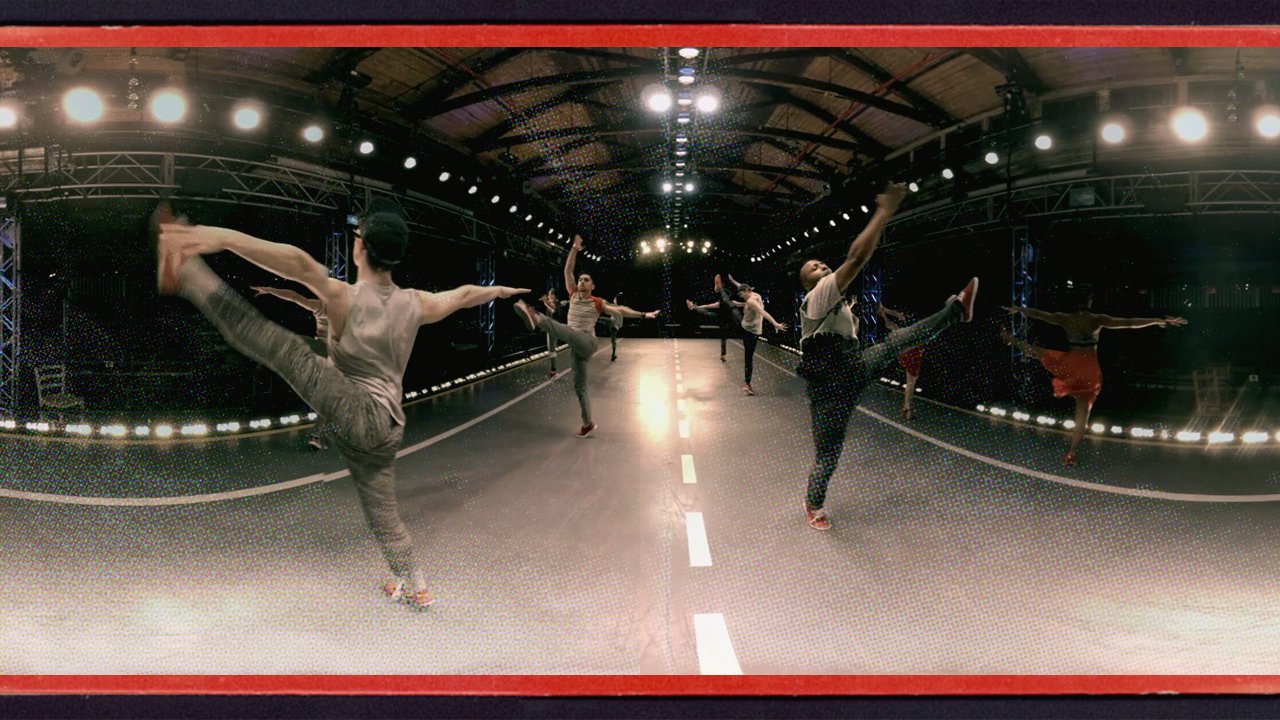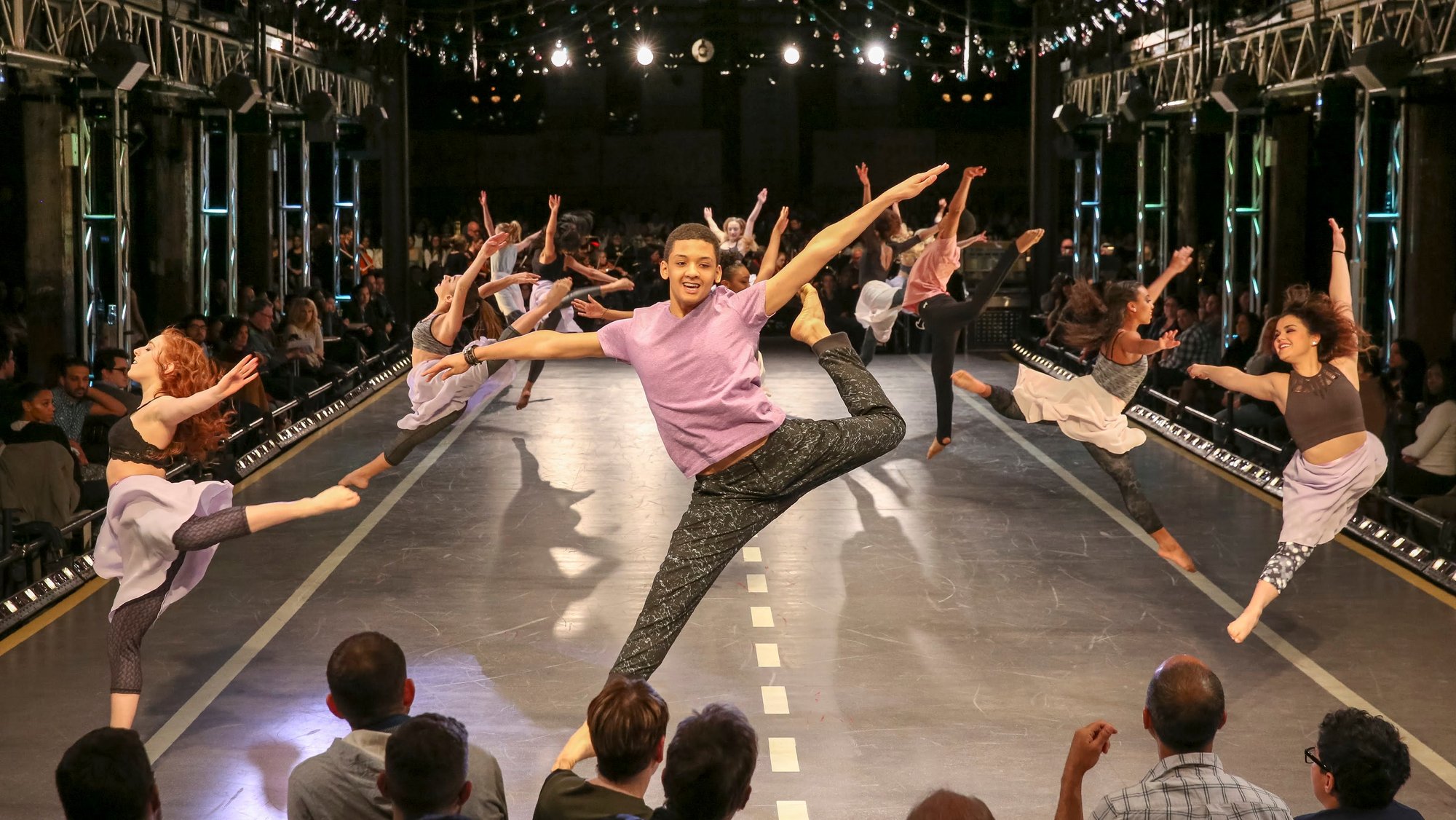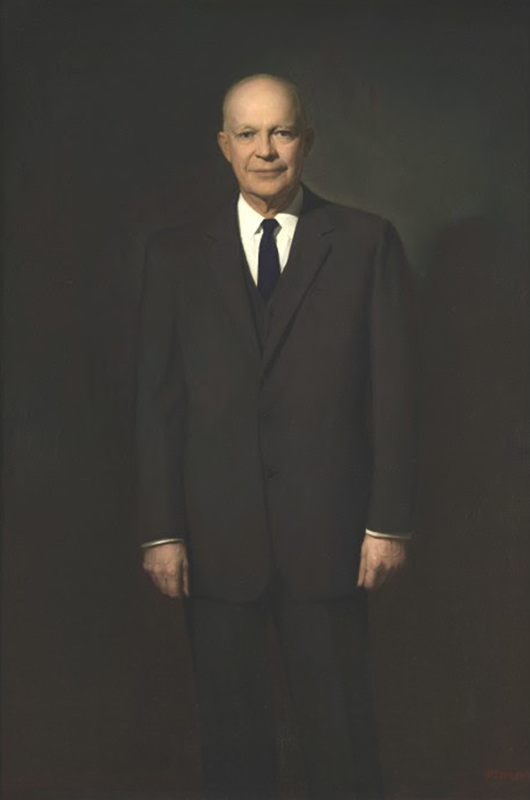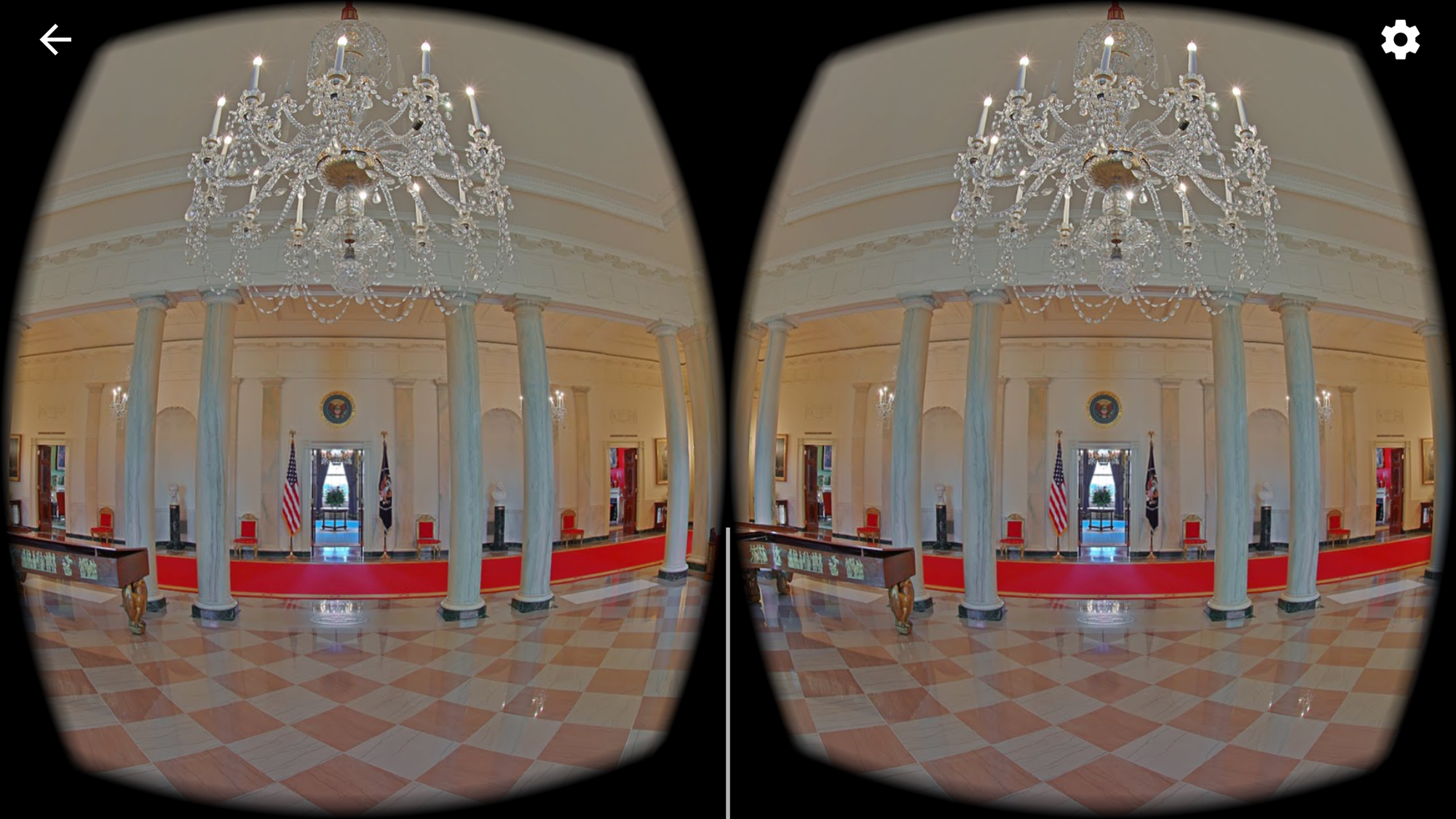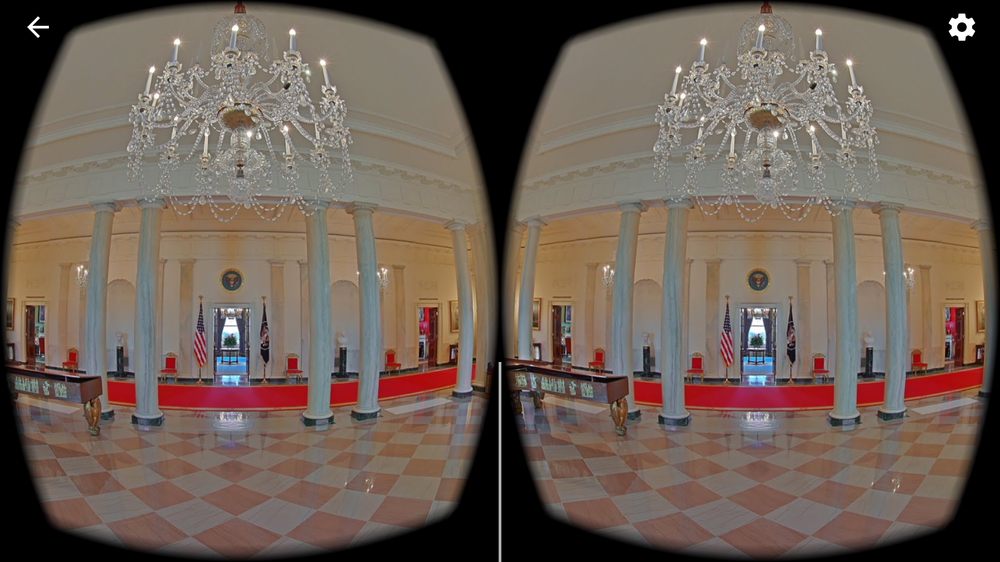In 1981, African-American civil rights leader Queen Mother Moore visited the U.K. on a speaking tour that would have an enduring impact on Black British history. Coming in the wake of London’s Brixton uprisings, her teachings from the movement in the U.S. would go on to inspire the foundation of the Black Cultural Archives (BCA), a living monument to Black history and culture.
To celebrate Black History Month in the UK this October, Google Arts & Culture partnered with the BCA to bring its unique collection of images, artifacts and artworks together online for the first time.
Based in London’s Brixton neighborhood, the Black Cultural Archives is the only national heritage center dedicated to collecting, preserving and celebrating the histories of African and Caribbean people in Britain. With this project, Google Arts & Culture has digitized over 4,000 items from the BCA to help inspire and educate.
The collection features over 30 online stories, with highlights including the Black Women’s movement in the UK, the evolution of Black British dance and a collection of paintings and ceramics by Jamaican-born artist Rudi Patterson. Thanks to our Art Camera technology, you can now study the intricate details of newly digitized artworks in Gigapixel resolution.
This past summer, Google Arts & Culture also partnered with London’s
Somerset House to digitize and share stories from its recent exhibition
Get Up, Stand Up Now, which explored the past 50 years of Black creativity in Britain and beyond. The partnership culminated in a new collaboration with
Samm Henshaw, recognized by YouTube Music UK as a “One To Watch” emerging artist. Inspired by the generations of creative pioneers featured in the Somerset House exhibition, Samm wrote an original track honoring “the motherland” and invited visual artist Wumi Olaosebikan to contribute a creative response to his song through painting.
 From fun days out to art-filled visits and outdoor adventures, go on a cultural road trip around the UK.
From fun days out to art-filled visits and outdoor adventures, go on a cultural road trip around the UK.
 From fun days out to art-filled visits and outdoor adventures, go on a cultural road trip around the UK.
From fun days out to art-filled visits and outdoor adventures, go on a cultural road trip around the UK.



